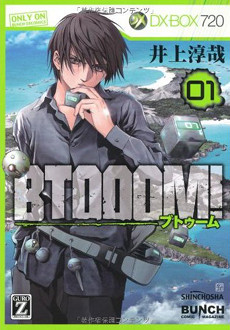
Busou Shinki (武装神姫 Busō Shinki, literally Armament God Princess) is an Action Figure line released by
Konami Digital Entertainment. Each figure, based on Konami's MMS design, is highly poseable and features a wide variety of interchangeable parts. Each figure is also linked with an online game element. Many of the figures have been designed by noted Japanese artists. While most figures in the line have been released only in Japan, several of them have seen a limited release in the US. The line has spawned a series of video games, a 2011 original net animation and a 2012 television animeseries.











